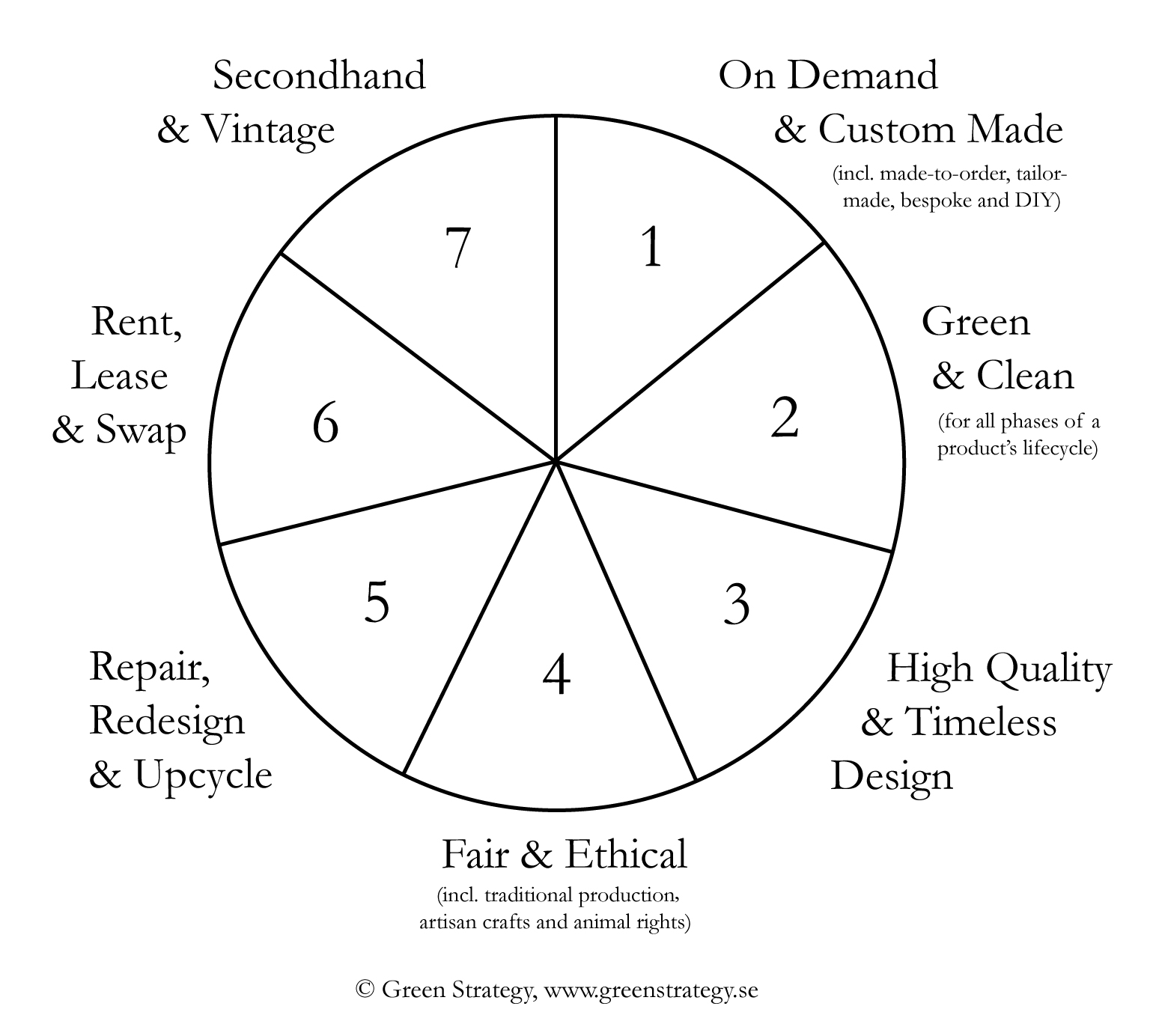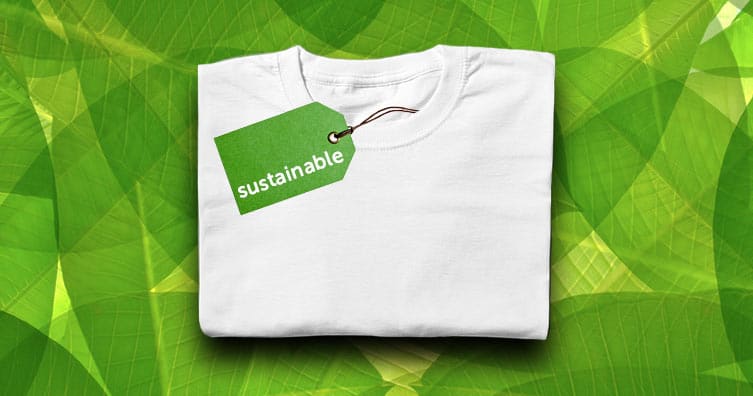Cape Town Sustainable Fashion: Environmentally Friendly Trends to Watch
Wiki Article
Keep Ahead of the Curve by Checking Out Ingenious Fashion Trends
In a sector as vibrant as style, staying in advance entails greater than simply following existing patterns-- it requires an exploration of technology. Smart textiles, as an example, are changing garments right into useful masterpieces, while 3D printing is revolutionizing style procedures with its customizable, waste-reducing capabilities. As sustainability ends up being a keystone, developments like environment-friendly materials and round fashion practices are reshaping ecological duty - Cape Town Sustainable Fashion. Furthermore, the merging of technology and style declares a brand-new age of customer involvement. Exactly how, after that, can these arising fads redefine the future of style, and what ramifications do they hold for brands seeking to prosper in this developing landscape?
Embracing Smart Textiles
In current years, the garment industry has seen a transformative shift with the combination of smart fabrics, a cutting-edge advancement that blends technology with fabric. This evolution stands for not just a combination of appearances and functionality yet likewise a considerable jump towards sustainability and personalization in fashion. Smart fabrics, additionally referred to as e-textiles, embed sophisticated electronic devices such as sensing units and conductive threads within the fabric, allowing garments to communicate with the setting or the user.These textiles are developed to keep track of physical specifications, such as heart rate or body temperature, giving real-time wellness analytics. Beyond wellness applications, clever textiles are likewise being made use of for flexible garments, which can alter shade or pattern in reaction to environmental stimuli, hence using a dynamic style experience.
In addition, the development of energy-harvesting fabrics that create power from movement or sunshine is leading the way for self-sufficient wearable innovation. This development is attracting eco mindful customers and designers intending to decrease the environmental impact of style. As r & d in this area advance, clever textiles are expected to end up being progressively prevalent, improving the landscape of contemporary style with their multifunctional capabilities.
The Surge of 3D Printing
Transforming the production landscape, 3D printing has actually emerged as a game-changer in the garment industry. This sophisticated modern technology has enabled designers to push the borders of creativity, creating elaborate and personalized garments that were formerly inconceivable. By leveraging digital style and additive production, 3D printing facilitates the development of intricate geometries and patterns, permitting developers to try out brand-new appearances and frameworks.A notable advantage of 3D printing in style is its ability to produce on-demand, lessening waste and lowering supply requirements. This performance not only optimizes production processes however additionally permits rapid prototyping, making it possible for designers to bring their visions to life in a shorter timeframe. Furthermore, 3D printing supports personalization somewhat unparalleled by typical methods, providing personalized fits and unique layouts tailored to individual consumer preferences.
The increase of 3D printing has also equalized style, making it easily accessible to emerging developers who can now make top quality pieces without significant economic investment in conventional manufacturing infrastructure. As modern technology remains to development, the apparel industry is positioned to harness the complete possibility of 3D printing, discovering brand-new products and methods that will definitely redefine exactly how style is developed and generated.
Lasting Style Developments
As the style sector comes to grips with the pressing demand for ecological duty, sustainable fashion technologies have actually arised at the forefront of transformative modification. The growing recognition of eco-friendly effect has sustained a change towards more eco-conscious techniques and materials. Designers and brand names are currently prioritizing sustainability, including techniques that reduce waste and reduce carbon impacts.One significant development is the surge of circular fashion, which emphasizes recycling and upcycling to expand the lifecycle of garments. This method not just minimizes waste yet also urges consumers to embrace an extra mindful approach to garments consumption. Furthermore, making use of lasting materials, such as natural cotton, hemp, and recycled polyester, has gained traction. These products require less water and energy during manufacturing, substantially lessening environmental influence.
Another development lies in the fostering of cutting-edge dyeing methods Cape Town Sustainable Fashion that utilize waterless procedures or all-natural dyes, consequently reducing the large quantities of water and chemicals generally made use of in textile dyeing. Moreover, advancements in biotechnology have resulted in the development of lab-grown natural leather and textiles, providing ecologically friendly and cruelty-free choices to conventional materials. Via these pioneering initiatives, the apparel industry is making purposeful strides in the direction of a much more sustainable future.

Tech-Integrated Apparel
Tech-integrated clothing stands for a revolutionary combination of style and modern technology, reshaping how people connect with their clothes. This cutting-edge domain name is marked by the addition of clever fabrics and embedded electronic parts, enhancing both capability and aesthetic appeal. From fitness trackers embedded in sports apparel to warmed jackets managed by means of smartphone applications, tech-integrated apparel supplies customers unmatched convenience and versatility.Introducing brand names are driving this pattern, concentrating on creating garments that reply to ecological stimuli or user commands. As an example, some garments can alter color or pattern in reaction to temperature level changes, while others integrate biometric sensors to keep an eye on wellness metrics like heart price or tension levels. The seamless integration of technology right into textiles likewise expands to environmental sustainability, with initiatives to establish self-cleaning fabrics or garments that change to weather, hence lessening the requirement for multiple layers.
Additionally, the development of wearable technology is not simply restricted to clothes but reaches accessories like watches and glasses, further expanding the scope of tech-integrated style. As the industry proceeds to innovate, the possibility for personalization and personalization in clothing grows, supplying consumers one-of-a-kind, tech-enhanced fashion experiences that provide to their private demands and choices.
Future of Virtual Style
In the last few years, the future of virtual style has arised as a transformative pressure within the industry, leveraging improvements in digital modern technology to redefine exactly how style is created, experienced, and consumed. By integrating increased reality (AR), digital fact (VIRTUAL REALITY), and 3D style devices, designers can now craft interactive and immersive experiences that transcend standard fashion limits. Virtual style enables the production of garments that exist only in digital atmospheres, supplying endless possibilities for advancement without the constraints of physical manufacturing.This electronic change not just presents chances for imaginative expression but also addresses sustainability issues integral in standard style techniques. Cape Town Sustainable Fashion. By eliminating the requirement for physical sources, virtual fashion decreases waste and lessens carbon impacts. Furthermore, the surge of virtual fashion lines up with the enhancing consumer need for tailored and one-of-a-kind experiences, as online garments can be personalized and tailored to specific choices effortlessly

Conclusion
The style sector's future lies in the combination of sustainable methods and ingenious technologies. Digital style is positioned to redefine customer communications.In current years, the style sector has actually seen a transformative change with the assimilation of clever fabrics, an advanced innovation that mixes technology with textile.As the style industry grapples with the pushing need for environmental obligation, lasting fashion advancements have arised at the center of transformative modification.In current click for info years, the future of digital fashion has actually arised as a transformative pressure within the sector, leveraging improvements in electronic modern click here for info technology to redefine just how fashion is created, experienced, and consumed. The rise of virtual style straightens with the boosting consumer demand for individualized and special experiences, as digital garments can be customized and tailored to individual choices with simplicity.
The fashion industry's future lies in the combination of ingenious modern technologies and lasting methods.
Report this wiki page